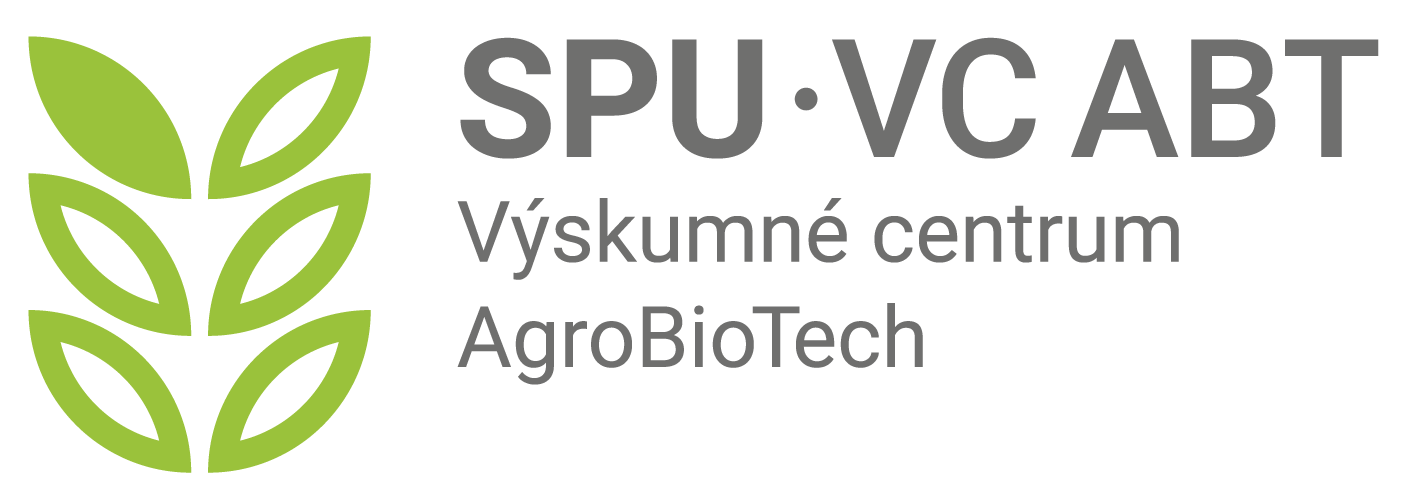Thanks to the Horizont 2020 ID 101000501: Algae4IBD project, we tested water extracts from 23 macroalgae and microalgae for minimal inhibitory concentrations. The tested bacteria were ordered from the German Collection of Microorganisms: Bacillus cereus (DSM 31), Escherichia coli (DSM 301), Listeria innocua (DSM 20649), Campylobacter jejuni (DSM 24114), Cronobacter sakazakii subsp. sakazakii (DSM 4485) and one yeast Candida albicans (CCM 8261) from the Czech Collection of Microorganisms. The minimum inhibitory concentration, also called MIC method, is a method that determines the minimum concentration that can inhibit the growth and reproduction of microorganisms. This method is performed in a 96-well microplate plate. Bacteria were cultured for 24 hours in Mueller Hinton Broth (MHB, Oxoid, Basingstoke, UK) at 37°C and Candida albicans at 25°C with an optical density of 1.5 × 108 KTJ.ml-1. 150 μl of microbial culture and 150 μl of algae extract were added to the plate. The concentration of the extracts started from 10 mg.ml-1. In addition to determining the minimum inhibitory concentration, there was also a maximum growth control, MHB with microbial culture without extract. The absorbance was measured using a Glomax spectrophotometer (PromegaInc., Madison, USA) at an absorbance of 570 nm. The minimum inhibitory concentration was analyzed in duplicate, and the MIC50 and MIC90 results (concentrations that caused 50% and 90% inhibition of microbial growth) were determined by logit analysis. The results of the analysis are currently under assessment.
